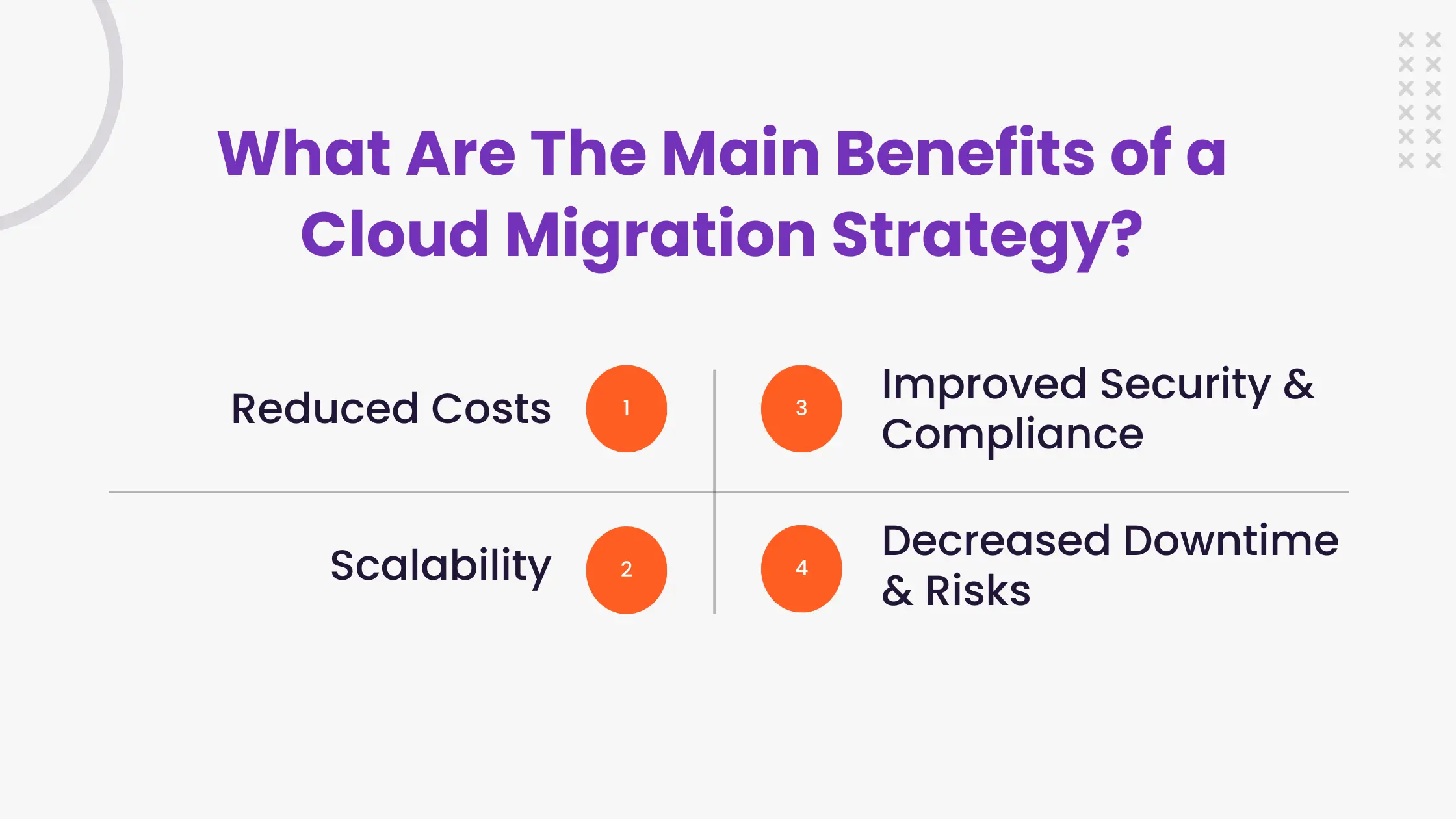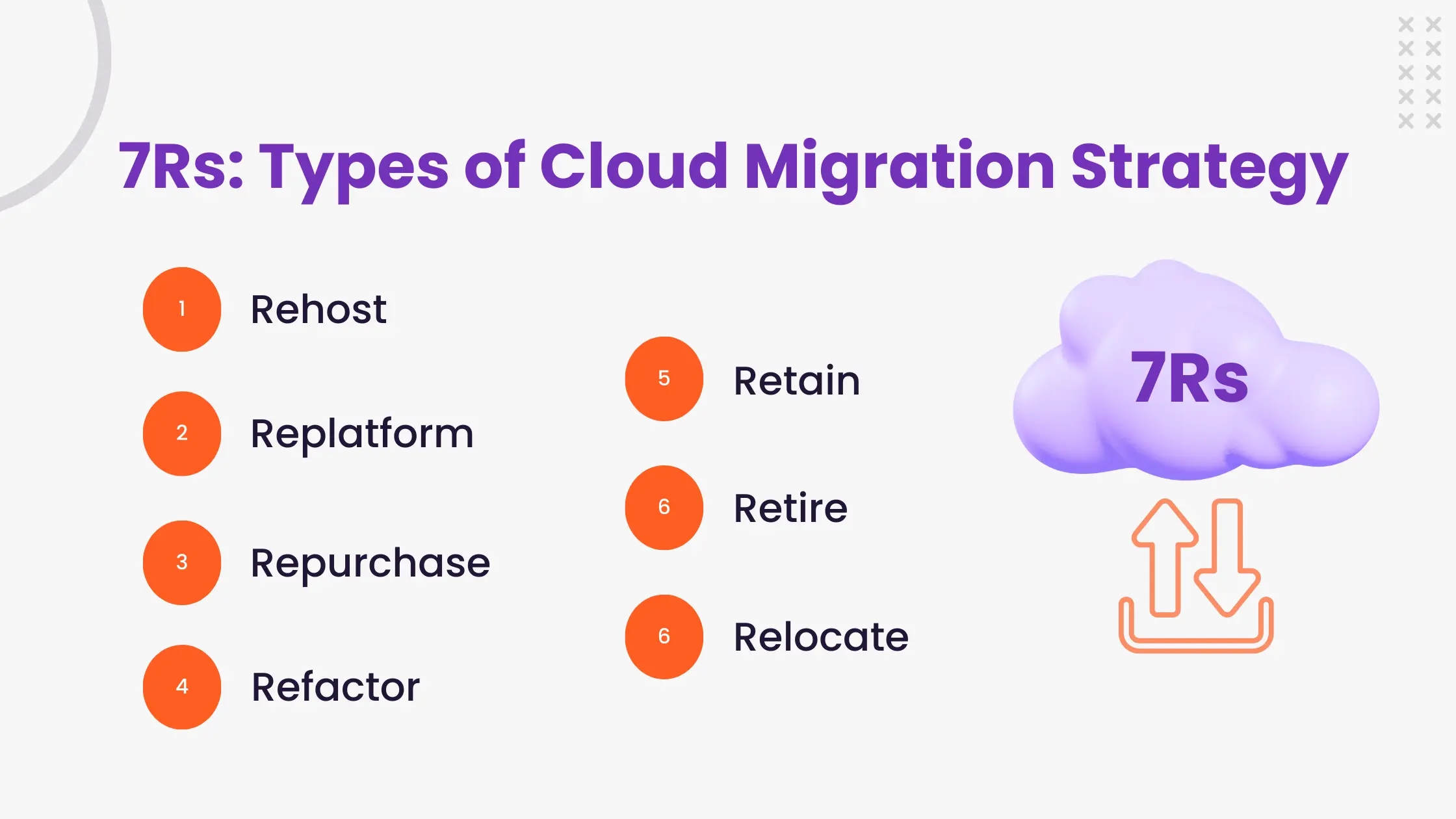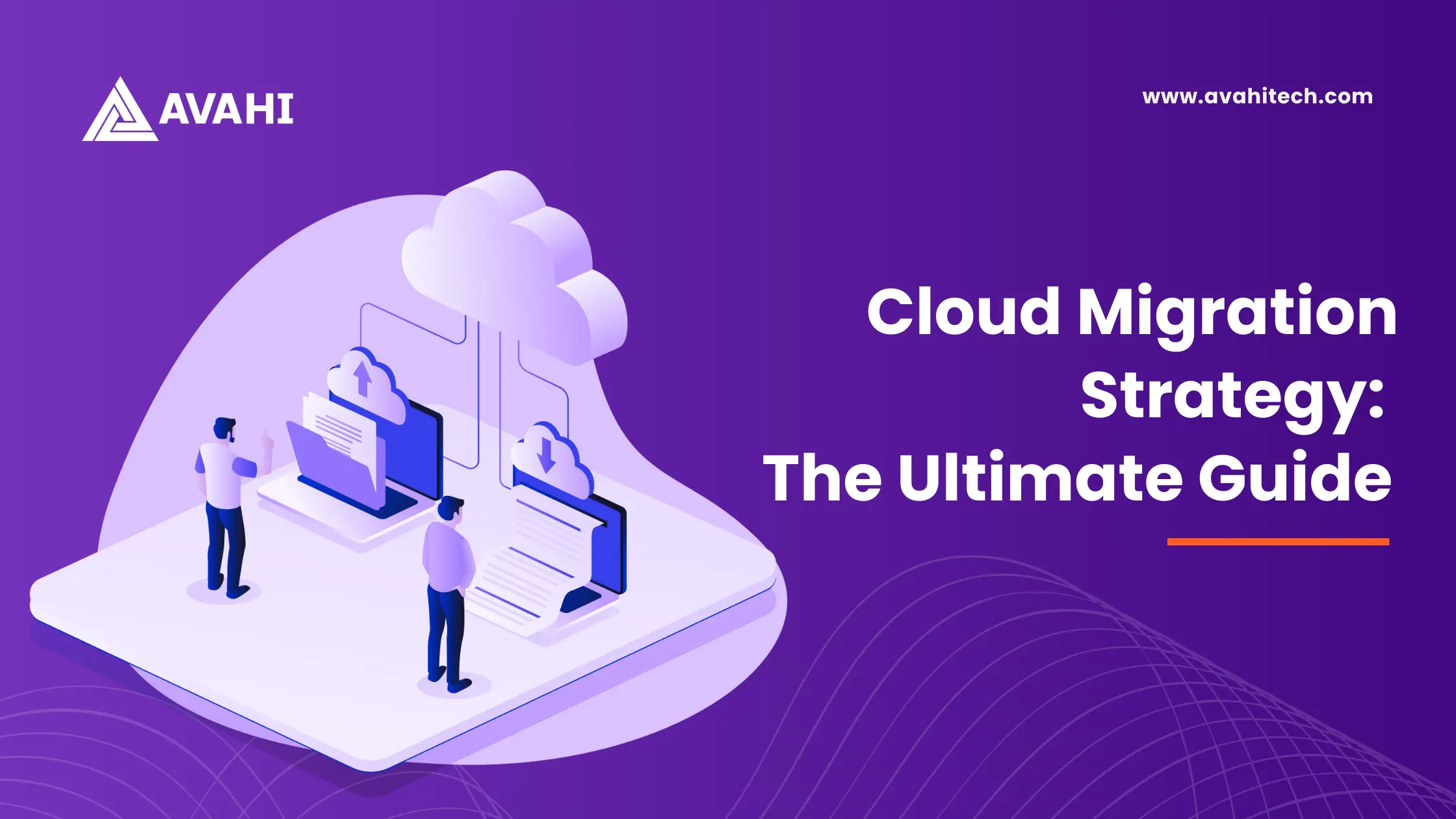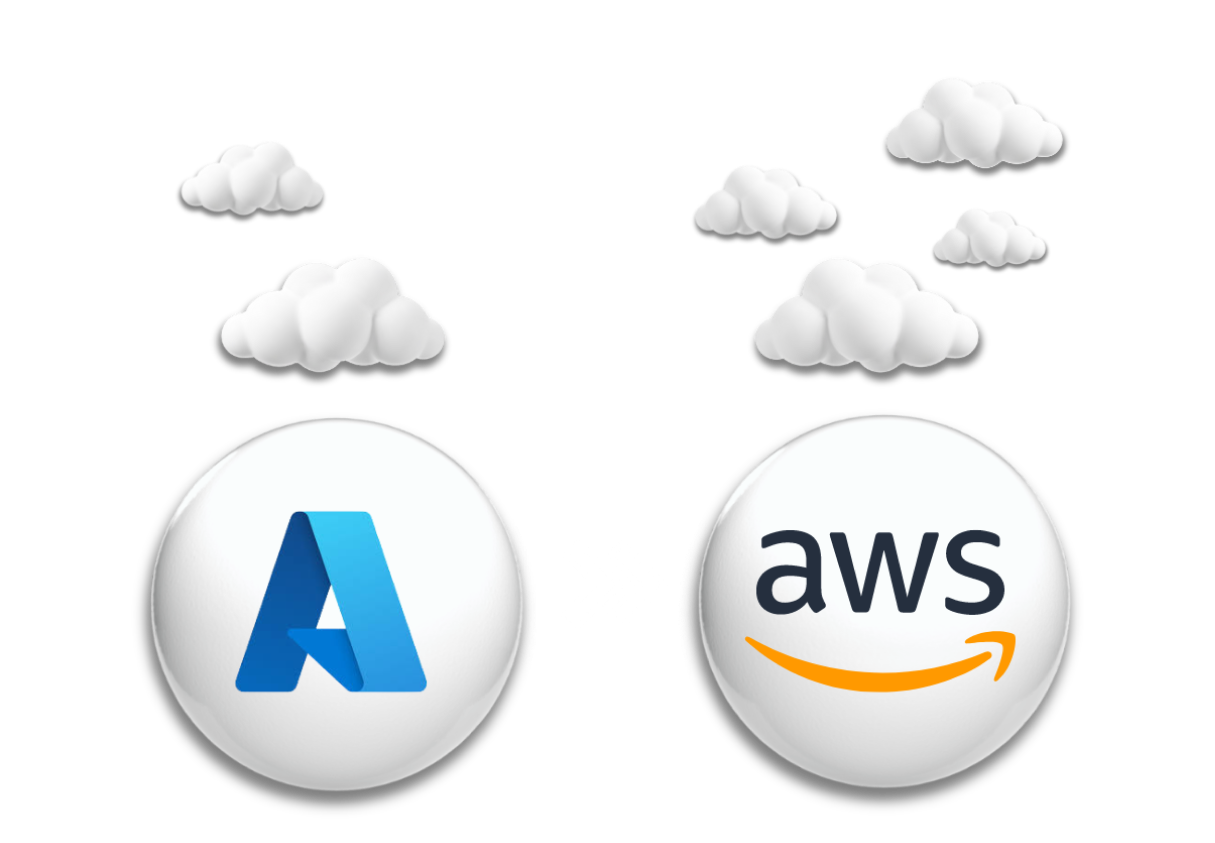According to a recent study, 94% of enterprises have already adopted cloud, and over 82% of SMBs have reportedly reduced costs by adopting cloud technologies.
Leveraging the power of the cloud has become necessary for businesses that want to drive growth and get ahead of their competitors in today’s digital age.
Migrating to the cloud has several benefits, including scalability, security, agility, maximum uptime, and cost-effective pricing.
But cloud migration can be a complex process. The key to successful cloud migration is building an effective strategy and planning your IT assets accordingly.
In this article, we take an in-depth look into cloud migration strategy and everything it entails.
What is a Cloud Migration Strategy?
A cloud migration strategy involves building plans to move an organization’s existing infrastructure, including its servers, applications, databases, and other cloud resources, to a new cloud provider.
Establishing a custom cloud migration strategy that aligns with your business goals is the first step toward successful migration. Whether you are moving from an existing cloud provider to a new one or moving on-premise infrastructure to the cloud, the right migration strategy can ensure the entire transition is managed seamlessly with no impact on your business’s day-to-day operations.
It’s important to remember that your company’s cloud migration and infrastructure will depend on your cloud budget, current infrastructure, workloads, business requirements, and several other factors. There is no cookie-cutter solution to cloud migration. For a successful migration, every business requires a custom migration strategy.
What Are The Main Benefits of a Cloud Migration Strategy?

Some of the many benefits of a cloud migration strategy include:
- Reduced costs: Cloud migration can be a time-consuming and costly affair if not executed in the right way. With a proper strategy in place, you can streamline and even automate parts of the migration process with minimal downtime. You can also identify areas where cost savings are possible, like optimizing cloud resources.
- Scalability: One of the biggest benefits of moving to the cloud is high scalability. With a custom migration strategy, it becomes possible for businesses to have the right resources at the right time. This, in turn, enables businesses to quickly adapt to the changing business needs and market dynamics without losing their competitive edge.
- Improved security and compliance: When your migration strategy is designed keeping in mind the necessary security and compliance measures, it directly leads to decreased data loss and lowers the chances of security breaches. Moreover, all the major cloud providers follow regulations and compliances like GDPR and HIPAA, which allows businesses to stay compliant while hosting their data and applications on the cloud.
- Decreased downtime and risks: The right migration strategy can reduce overall downtime by implementing the migration correctly with minimal impact on business processes and operations. Not to mention, planning migration in advance allows you to identify potential risks or bottlenecks before they cause bigger problems.
What are Common Cloud Migration Challenges?
Here are the main cloud migration challenges to look for:
- No strategy in place: When you have no migration strategy to back up your migration process, it can lead to delays, obstacles, and increased costs. Successful migration requires careful and in-depth planning. After all, every application, dataset, and workload may be different and require a different approach to migration.
- Lack of cost control: Without proper planning, cloud migration processes can be difficult to predict and often exceed the originally slated budget. A migration that was implemented accurately but ended up exceeding the timelines and the cloud budget that was initially discussed is not considered a successful migration.
By creating a cloud migration strategy, organizations can plan migration while keeping costs and timelines in mind. They can decide on KPIs to ensure the migration is also successful from a financial and economic perspective as well.
- Dealing With Data Security And Compliance: While most major cloud providers offer security and compliance measures in place, businesses still need to find the right way to configure these measures correctly and ensure that all of the data as well as applications follow the required security controls. Not to mention cloud migration in itself comes with its own risks. After all, you would be moving a large amount of data, some of it even sensitive to a new cloud provider. You would also be changing up access controls of the applications – all of which can lead to significant security risks. With a cloud migration strategy in place, security and compliance become the key factors you consider from the beginning instead of keeping them as an afterthought. You can get a thorough understanding of the required regulations and standards for data security and even check for potential vulnerabilities or threats that could compromise sensitive company data.
- Addressing Cloud Skill Gaps: Deciding to migrate to a new cloud provider is only the first step of the process. You also need a team of cloud experts with the necessary knowledge and skills to properly migrate data to the cloud and manage cloud environments.
Businesses can consider hiring cloud migration consultants and partners to ensure that the entire cloud migration process is implemented seamlessly, accurately, and cost-effectively.
7Rs: Types of Cloud Migration Strategy

There are different types of cloud migration strategies, including:
- Rehost: It involves migrating an application to the cloud directly without any changes in order to utilize the different cloud features
- Replatform: Also known as lift and reshape, it involves transferring the application to the cloud after optimizing it a bit to improve the performance and better leverage the cloud capabilities. The core of the application stays the same.
- Repurchase: Also known as drop and shop, repurpose involves transitioning from a legacy system with a licensing approach to a cloud-native SaaS model.
- Refactor: It completely rewrites applications from the ground up in order to leverage the many cloud capabilities that may not be available with the current environment of the application.
- Retain: It involves keeping applications in their current environment and revisiting them later. This can include applications that are more suited for on-premise deployments, and there is a lack of business justification for moving them to the cloud or applications that are just too costly for cloud migration right now.
- Retire: This involves eliminating or discontinuing applications that are no longer useful to the business and don’t need to be moved to the cloud.
- Relocate: It involves moving your infrastructure to the cloud without modifying any existing operations, rewriting applications, or purchasing new hardware.
Real World Examples of Successful Cloud Migration
Lango Legal
Lango Legal offers a technology-enabled language management ecosystem and serves large law firms across the world. The company partnered with Avahi to migrate a combination of on-premises and cloud IT infrastructures to AWS.
Avahi took a holistic approach by making configuration changes to build a multi-tenant environment infrastructure. The entire Lango tech stack was reviewed to map out how all the applications would connect on AWS. Avahi also took steps to ensure cost optimization of compute resources.
As a result, Lango Legal was able to migrate to AWS through an accelerated timeline and it reduced costs of over five application migrations.
Masterworks
Headquartered in Seattle, Masterworks is a fundraising agency that helps Christian ministries of all shapes and sizes, across America.
Masterworks partnered with Avahi to migrate their machine learning application to AWS. The Avahi team assessed over 200 models used by 35 clients that needed to be replicated to develop a migration plan while also enhancing the machine learning models.
By migrating to AWS with the help of Avahi, Masterworks was able to reduce hosting as well as usage charges by over 75 percent.
Streamline Cloud Migration With Avahi As Your Partner

An effective cloud migration strategy can help maximize your business value, all the while decreasing costs, risks, total efforts, as well as the time it takes to migrate. But how you plan and execute your migration strategy can make all the difference.
Partnering with Avahi’s competent team with experience in cloud migration can give you much-needed peace of mind. We can help you build a migration strategy based on your unique business challenges and the best practices we have developed over the years of handling enterprise customer migrations. Our team helps you in execution and optimization of your migration strategy from the start to the end. We also help you in knowledge training your staff so that you can leverage the many benefits of the cloud.
Schedule your free cloud migration readiness assessment with us to better understand where you are in the journey of being ‘cloud-ready’ and build a successful cloud migration plan.
Ready to get started? Get in touch with us today.



